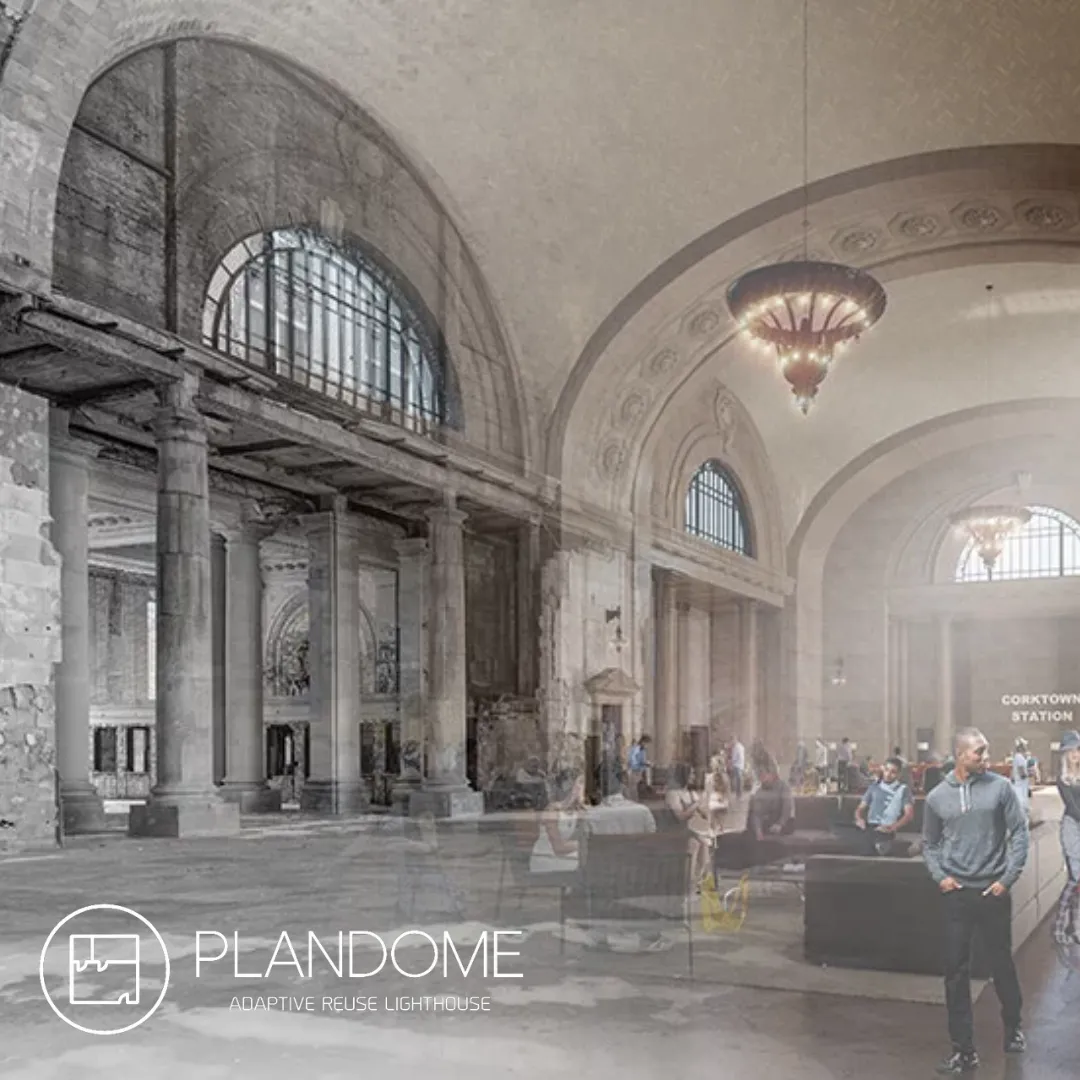
How Building Regulations Impact Material Choices in Heritage Conversions
Introduction
When it comes to heritage conversions, one of the most important decisions is choosing the right materials. These materials must meet modern building regulations while also preserving the historic integrity of the property. Navigating the intersection of building regulations and material selection in heritage projects can be tricky, but with the right approach, it’s possible to meet both compliance and preservation goals. In this post, we’ll walk through the key considerations for selecting materials in heritage conversions while staying in line with building regulations.
1. Understanding Material Requirements
Building regulations ensure that all materials used in a heritage conversion meet essential safety, energy efficiency, and structural integrity standards. For heritage properties, this means finding materials that respect the original design while meeting the modern needs of the building. Balancing these two priorities is critical to ensure the building remains both functional and historically accurate.
2. Materials Must Preserve Historic Value
One of the most important aspects of heritage building regulations is the preservation of original features. This can include stone, timber, or brick—materials that are integral to the building’s character. Many regulations require that these materials be either preserved or replicated. When selecting new materials for heritage conversions, it’s essential to ensure they are compatible with the existing structure to maintain both aesthetic value and regulatory compliance.
3. Energy Efficiency and Insulation
While heritage regulations prioritize preservation, building codes like Part L demand energy efficiency improvements. This could mean incorporating modern materials like insulation and energy-efficient windows. However, the challenge lies in installing these materials in a way that does not disrupt the historical appearance or structure. Using discreet insulation, like interior wall insulation or secondary glazing, can help improve energy efficiency without compromising the building’s character.
4. Discreet Modern Materials for Safety
Modern materials are often required to ensure fire safety, structural stability, and building code compliance. For example, fire-resistant coatings, safety glass, or sprinklers may need to be integrated into a heritage conversion. The key challenge is to incorporate these modern materials discreetly. For instance, concealed sprinklers or hidden insulation can be used to maintain visual integrity while still meeting modern safety and building regulations.
5. The Role of Traditional Building Materials
For many heritage properties, traditional materials like lime plaster, timber framing, and clay tiles are not only aesthetically important but also legally protected. Using these materials helps ensure compliance with listed building regulations and preserves the historical essence of the property. When choosing materials, it’s crucial to work with specialists who understand the specific legal requirements for listed buildings and the best materials to preserve both structural integrity and aesthetic appeal.
6. Sustainable Materials and Green Standards
Sustainability is increasingly a focus in building regulations, even for heritage conversions. By using sustainable materials, such as reclaimed timber or natural insulation like sheep wool, you can meet environmental standards while respecting the building’s historical value. Additionally, reclaimed materials help reduce the environmental impact of your project and contribute to the sustainability of the conversion.
7. Using Compatible Materials for Structural Integrity
Heritage buildings often require specific materials for structural reinforcement. The right materials, such as steel beams in sensitive locations or lime mortar for repointing brickwork, help maintain structural integrity without compromising the building’s heritage value. Proper selection of these materials ensures that modern building regulations are met while retaining the character of the building.
8. Consulting with Conservation Officers
When choosing materials for a heritage conversion, it’s vital to consult with conservation officers. They provide expert advice on materials that comply with both modern building codes and heritage preservation laws. Their expertise is invaluable for ensuring that the materials used in the conversion do not harm the building’s historical integrity and are compliant with local conservation and building regulations.
Conclusion
Navigating the selection of materials in a heritage conversion is a delicate balance between preserving the past and ensuring modern compliance. By understanding building regulations and working with heritage specialists, you can select the right materials that improve energy efficiency, meet safety standards, and preserve the historical integrity of the property. Thoughtful material selection is key to creating a sustainable, functional, and compliant heritage conversion.
